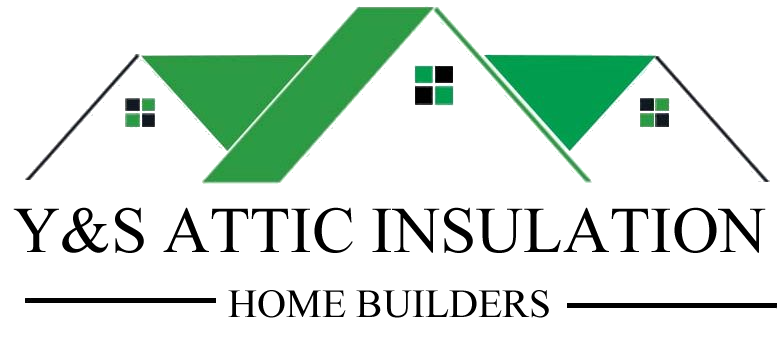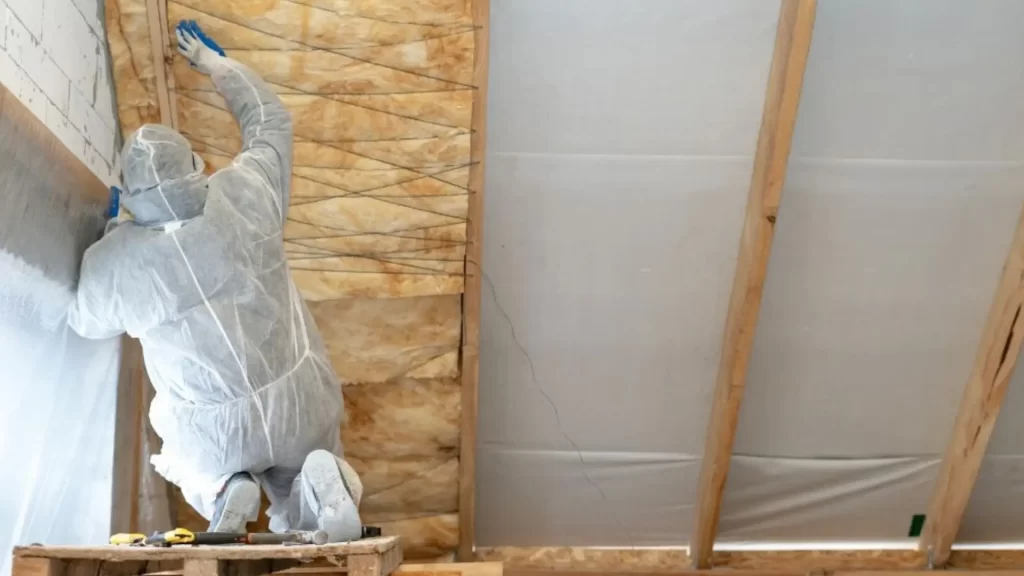Insulation installation is a crucial aspect of home improvement that can significantly impact your home’s energy efficiency, comfort, and overall value. Proper insulation ensures that your home remains warm in the winter and cool in the summer, reducing energy consumption and saving money on utility bills. This guide provides a comprehensive look at the steps and best practices for effective insulation installation, ensuring you achieve the best results for your home.
Understanding Different Types of Insulation
Before starting the insulation installation process, it’s essential to understand the different types of insulation available. The most common types include fiberglass, foam, cellulose, and spray foam. Each type has its benefits and is suited to specific applications. For example, fiberglass insulation is widely used in attics and walls due to its affordability and effectiveness. Spray foam, on the other hand, offers superior sealing properties and is ideal for areas prone to air leaks.
Quality insulation installation begins with selecting the right type of insulation for your specific needs. Factors to consider include the climate in your area, the age of your home, and your budget. Consulting with a professional can help you determine the best insulation type for your situation, ensuring maximum efficiency and comfort.
Preparing for Insulation Installation
Proper preparation is key to a successful insulation installation. Start by conducting a thorough inspection of the areas to be insulated. Check for any existing damage, such as leaks, mold, or structural issues, and address these problems before proceeding with the insulation. This ensures that the insulation will be effective and long-lasting.
Next, measure the spaces where insulation will be installed to determine the amount of material needed. Purchasing high-quality insulation materials is crucial for achieving the best results. Ensure you have all the necessary tools and safety equipment, such as gloves, goggles, and masks, to protect yourself during the installation process.
Best Practices for Insulation Installation
When it comes to the actual insulation installation, following best practices is essential for achieving optimal results. Begin by sealing any gaps or cracks in the walls, floors, and ceilings. This step prevents air leaks and enhances the effectiveness of the insulation. Use caulk or weatherstripping to seal smaller gaps and expanding foam for larger openings.
When installing insulation, ensure it fits snugly without compressing it, as this can reduce its insulating properties. For fiberglass batts, cut them to fit the space precisely and place them between the studs, joists, or rafters. For spray foam insulation, apply it evenly and allow it to expand and fill the cavities completely.
Quality insulation installation also involves paying attention to ventilation. Proper ventilation prevents moisture buildup, which can lead to mold and damage the insulation. Ensure that your attic and other insulated spaces have adequate ventilation to maintain a healthy and efficient home environment.
Effective insulation installation is a vital component of home maintenance that offers numerous benefits, from improved energy efficiency to enhanced comfort. By understanding the different types of insulation, preparing adequately, and following best practices, you can ensure a successful installation that will serve your home well for years to come. Whether you’re tackling the project yourself or hiring a professional, investing in quality insulation installation is a smart move that pays off in both comfort and cost savings.
LEARN MORE:
Enhancing Indoor Comfort Through Quality Insulation Installation
Key Benefits of Quality Insulation Installation for Your Home


